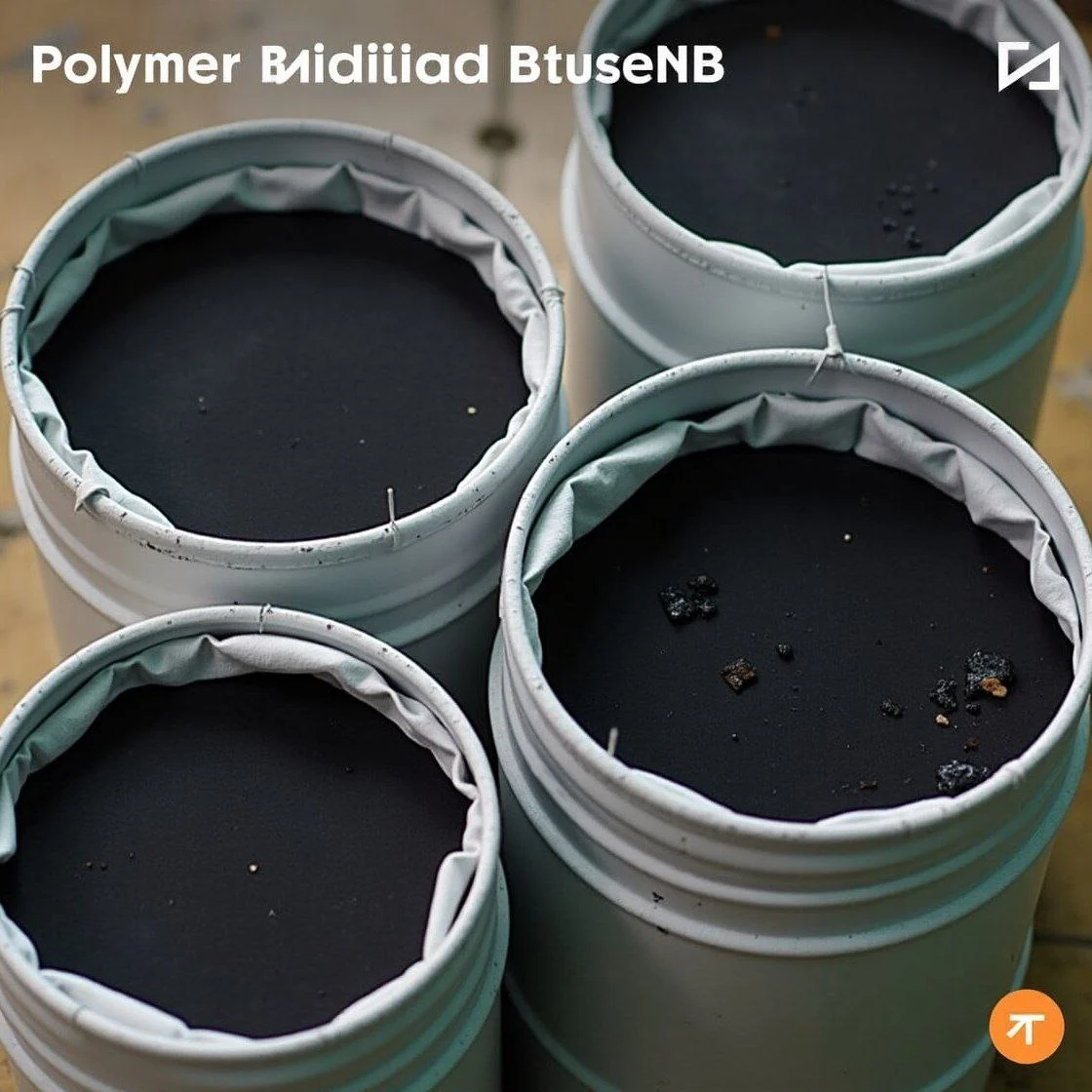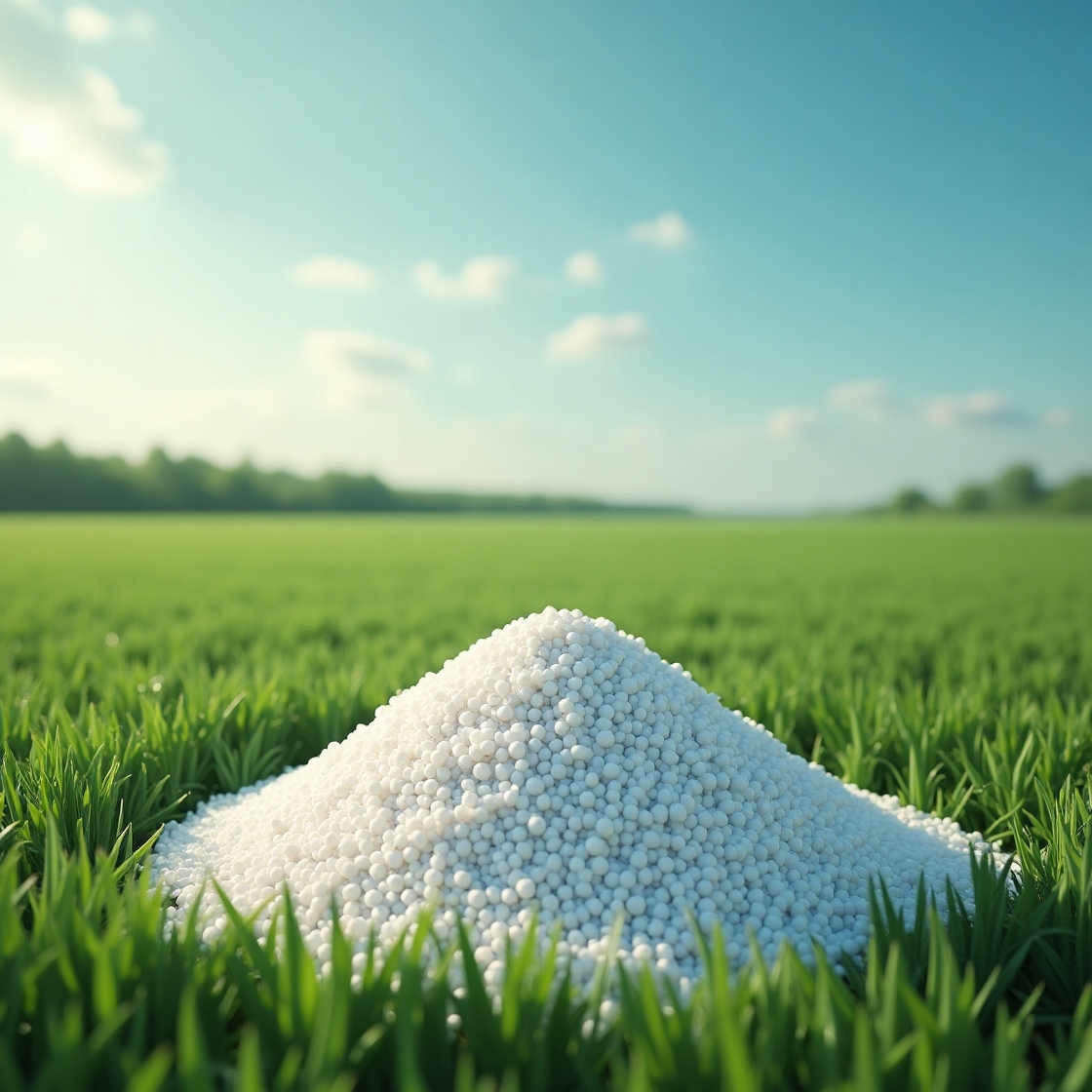Introduction
Bitumen, commonly referred to as asphalt in some countries, is a black, sticky, and highly viscous liquid or semi-solid form of petroleum. It is primarily used for road construction, where it serves as a binder mixed with aggregate particles to create asphalt concrete. Due to its waterproofing and adhesive properties, bitumen is also used in roofing and insulation.

1. Origin and Composition
Bitumen is a hydrocarbon compound composed mainly of carbon (80–85%), hydrogen (8–11%), and small amounts of oxygen, nitrogen, and sulfur. It can occur naturally or be produced by the distillation of crude oil in petroleum refineries. The natural form of bitumen, also known as pitch or tar, can be found in oil sands and lakes, such as the La Brea Tar Pits in California.
2. Types of Bitumen
Bitumen is categorized based on its production method, physical properties, and intended use:
a) Penetration Grade Bitumen
This is the most common type used in road construction. It is classified based on its penetration value, which indicates the hardness or softness of the material.

b) Viscosity Grade Bitumen
Viscosity-graded bitumen is classified based on its viscosity at specific temperatures. It provides more consistent performance across a wider range of temperatures.
c) Cutback Bitumen
Produced by mixing bitumen with a solvent like kerosene or naphtha to reduce viscosity for easier application. After application, the solvent evaporates, leaving behind the bitumen.
d) Emulsion Bitumen

This type is a mixture of bitumen, water, and an emulsifying agent. It is safer and more environmentally friendly than cutbacks since it uses water as a diluent.
e) Modified Bitumen
Bitumen modified with polymers or other additives to enhance its performance in extreme weather conditions, increase elasticity, and improve resistance to deformation.
3. Production of Bitumen
The majority of bitumen is produced as a by-product of crude oil refining. The process involves:
1. Distillation: Crude oil is heated in a distillation column to separate lighter fractions (gasoline, diesel) from heavier ones.
2. Vacuum Distillation: The heavier residue is further processed under reduced pressure to produce vacuum residue, which is then treated to become bitumen.
In areas where crude oil is not refined, natural bitumen deposits are extracted through mining or in-situ techniques.
4. Applications of Bitumen

a) Road Construction
Used as a binding agent in asphalt concrete.
Provides flexibility and waterproofing to pavements.
Resists traffic loads and temperature changes.
b) Roofing and Waterproofing
Bituminous membranes and roofing felts are widely used in buildings.
Offers excellent resistance to water penetration.
c) Industrial Uses
Used in pipe coating, carpet backing, battery manufacturing, and paint production.
Acts as a protective layer against corrosion and moisture.
d) Soundproofing and Insulation
Bitumen-based materials are used for damping sound and heat in buildings and vehicles.
5. Environmental and Health Considerations
Although bitumen is not considered highly toxic, its production and application can raise environmental and health concerns:
Air Pollution: Fumes generated during heating and application can contain volatile organic compounds (VOCs) and polycyclic aromatic hydrocarbons (PAHs).
Water Contamination: Improper disposal of bitumen products can lead to soil and water pollution.
Occupational Hazards: Prolonged exposure to bitumen fumes may pose health risks to workers, requiring proper protective equipment and ventilation.
To mitigate these effects, the industry is moving toward eco-friendly alternatives like bio-binders and using warm mix asphalt technologies that require lower temperatures.
Conclusion
Bitumen remains an essential material in modern infrastructure, especially in road construction and waterproofing systems. While it offers numerous advantages due to its durability and water resistance, environmental and health concerns necessitate careful handling and innovation in production techniques. With advancements in modified bitumen technologies and increasing emphasis on sustainability, bitumen will continue to play a critical role in the development of modern societies.



